The complete Japan driving and rental guide
Speed Limit and Traffic Signs
Driving is on the left-hand side of the road in Japan. Even though Japanese drivers are renowned for their respect of the driving rules, you should pay attention to cyclists, some of whom happen to ride on the wrong side of the road.
 Speed Limit
Speed LimitThe speed limits in Japan are between 80 and 100 km/h on expressways, 30 km/h in side streets, 40 km/h in urban areas, and between 50 and 60 km/h elsewhere unless states otherwise.
 Traffic Signs
Traffic SignsThere are mainly four types of traffic signs in Japan: regulatory signs, warning signs, information and direction signs. For each type, you can find below several signs that you may not familiar with.
A typical Japanese regulatory sign generally features a red circle with a white background and blue pictograms.
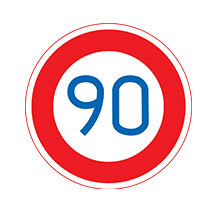
Speed Limit (90 km/h)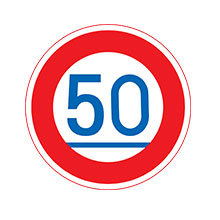
Minimum Speed Limit (50 km/h)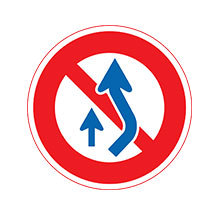
No Overtaking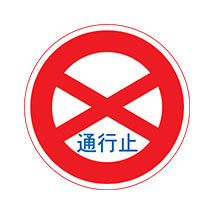
Road Closed to Toll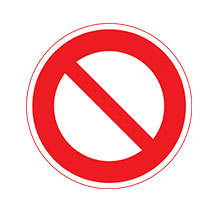
Road Closed to Vehicles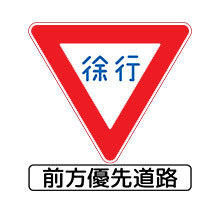
Slow down (In Japanese and English)Japanese warning signs feature a diamond shape and yellow background.
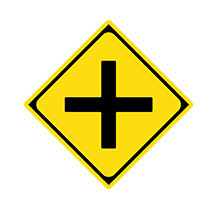
Crossroads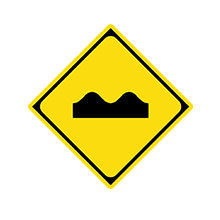
Bumpy Road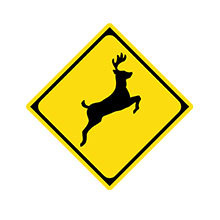
Wild Animals Crossing (Deer)
Succession of More Than Two Curves to the Right
Railroad Crossing Ahead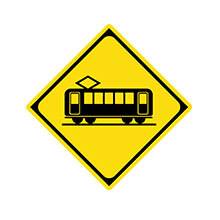
Tram Crossing AheadJapanese information signs feature a green background.
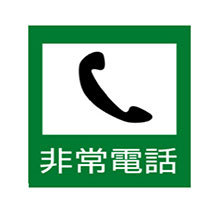
Emergency Telephone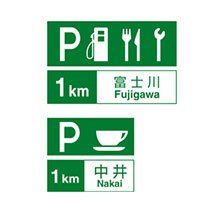
Rest Area/Parking Fuel Stand, Etc.Direction signs in Japan feature a rectangular shape with a blue or green background.
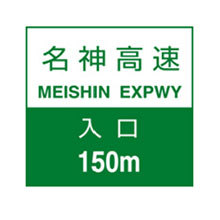
Expressway Entrance
Destination & DirectionTo read more about Japanese road signs, here is a more detailed booklet.
Seatbelt and Child Safety
 Seatbelt Laws
Seatbelt LawsDrivers and all the passengers are required by law to wear a seatbelt. Failure to fasten your seatbelt may result in a fine.
 Booster Seat Laws
Booster Seat LawsChildren under 6 years of age must be seated in child seats.
Parking, Fuel and Toll
 Parking
Parking· Permitted Parking
In Japan, parking cost normally depends on the size of the city and the distance from the city centre. Parking in small towns and cities is usually free.
Paid parking can be expensive in big cities, costing several hundreds of yen per hour. Parking lots in national parks or near tourist attractions sometimes charge a flat fee (typically 200 to 500 yen per use). Urban hotels usually provide parking for their guests at a flat rate (typically 1000 yen per night), while hotels outside the large cities usually offer free parking.
· Forbidden Parking
Please do not park your car indicated with the “No Parking” signs.
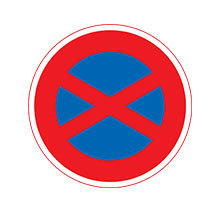
Also do not park the rental vehicle in a place only allowed to use by renting on a monthly basis, marked by the “Kanji” of “月極 ” or “月極駐車場”.
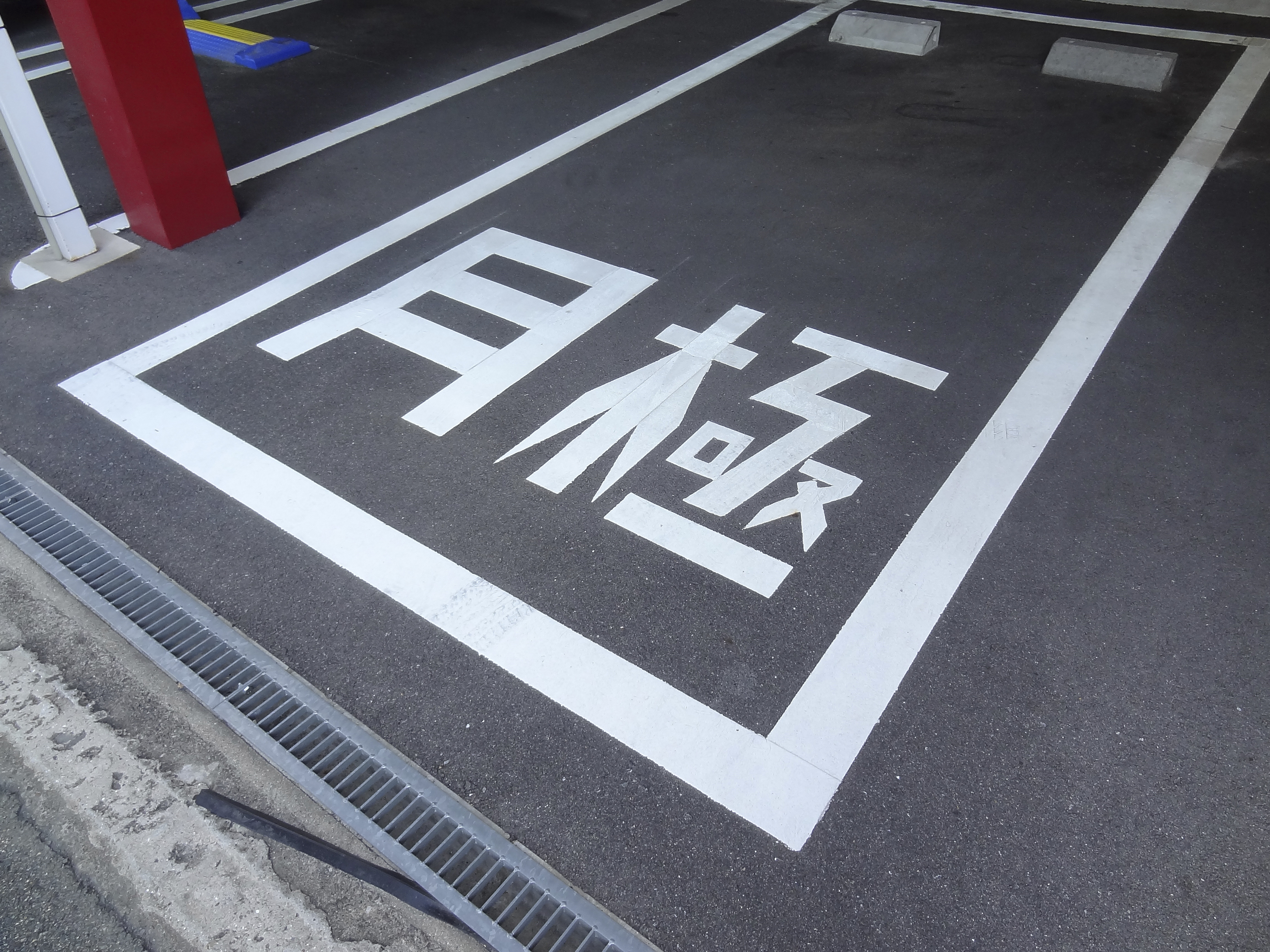
In addition, it is against the law to park a vehicle in the following places in Japan:
- In a tunnel
- On, or within five metres of the edge of an intersection
- Within three metres of the automobile entrance of a garage, car-park or similar
- On pedestrian or cycle crossings and railway lines
- Within ten metres of a bus stop or a bus stop sign
- Within five metres of the edge of an area of road works
- Within five metres of a fire hydrant, water tank or other fire safety equipment
Forbidden parking in Japan will lead to a hefty fine.
 Fuel Prices
Fuel PricesThe average gasoline price in Japan in January 2018 was 141.50 Japanese Yen per litre, while the diesel price was 118.40 over the same period of time.
 Toll
TollMost of the expressways in Japan are toll roads and you must pass through the automatic ETC (Electric Toll Collection) gate or manual gate with ticketing machine. It is highly common to rent an ETC system with the car hire company when taking a self-driving tour in Japan, and it allows you to drive through the ETC gate without stopping. ETC gate feature white “ETC 專用” characters on a purple background.5
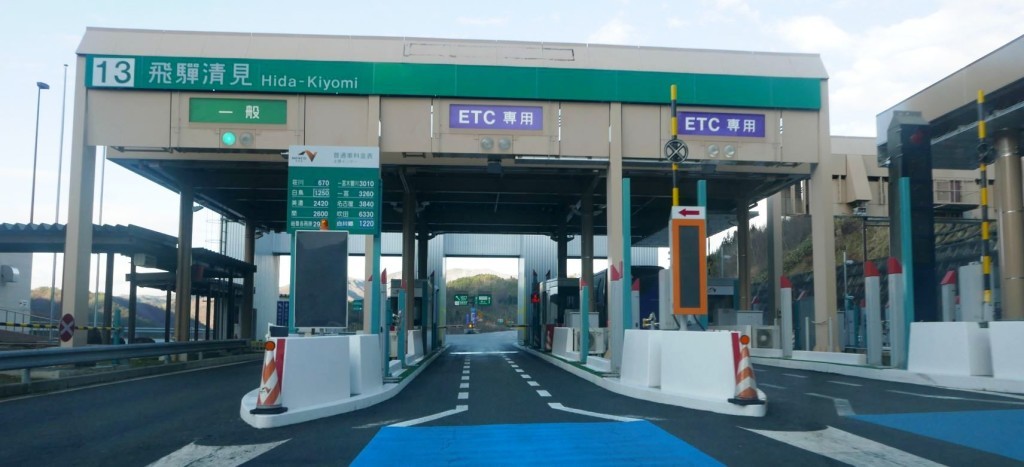 (Image from takingflights.com)
(Image from takingflights.com)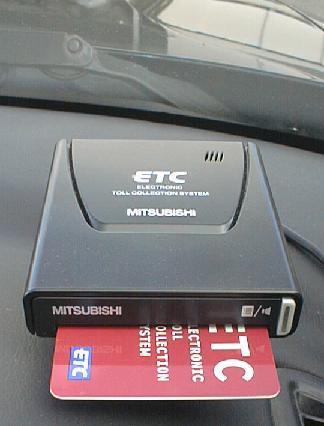 (Image from demflyers.com)
(Image from demflyers.com)Alternative to ETC tolling, you may proceed to the manual gate, which is recognized by the“一般” characters written with a green background. Cash or bank cards can be used to pay the toll fee before entering the road.
Traffic Violation
 DUI Laws
DUI LawsThe alcohol limit in Japan is BAC 0.03%. Drink driving above the limit can result in a maximum prison sentence of 3 years or a fine of about $480,000 Japanese Yen.
 Traffic Fines
Traffic FinesSpeed cameras and speed traps are used to monitor driving speed in Japan. Drivers who exceed the speed limits up to 40km/h over can be fined from 9000 Japanese Yen to 35,000 Japanese Yen, and a 50km/h excess or more over will be viewed as criminal infringement and can result in a prison sentence up to 6 months, or up to 100,000 Japanese Yen fine.
Parking in the prohibitive areas will usually cause a fine from 10,000 to 20,000 Japanese Yen.
Driving Licence and Age Requirements
Japanese law requires that all drivers who do not hold a Japanese driver’s license must hold a country of origin driver's license and an International Driving Permit issued under the 1949 Convention on International Road Traffic. Driver’s licence must be held for at least 1 or 2 years (according to different car hire company).
The minimum driver age for renting a car at a Japanese rental office is 18 years old. This age may vary according to the state and car category rented.
Read more details
Guest reviews
Rental Car Tokyo
CRQ-CarRent
Europcar
Be Kobe
Rakuraku
Be Kobe
Nissan
Times
Choice rent a car
Car Rental Hokkaido
Rakuraku
Rental Car Tokyo
Shimameguri
SKY Rent A Car
Rental Car Tokyo
Rakuraku
Rental Car Tokyo
Adati
Rakuraku
Budget
Flight
Europcar
Rakuraku
CRQ-CarRent
CRQ-CarRent
Times
3723rentacar
YOU I RENT A CAR
M7 rent a car
Times
Hertz
CRQ-CarRent
Car Rental Hokkaido
CRQ-CarRent
CRQ-CarRent
CRQ-CarRent
Times
Times
Shimameguri
CRQ-CarRent
KASAKI
Car Rental Okinawa
YOU I RENT A CAR
Times
Rakuraku
AVIS
Times
Europcar
Europcar
Times
Best car rental deals in Japan
Frequently asked questions
- Q1.What is an insurance excess?The excess is the amount you'll only be liable for in case of damage(under Collision Damage Waiver) or theft(under Theft Protection) of the vehicle.
Information about the excess will be clearly stated in the price inclusion when you reserve a car on QEEQ. - Q2. How can I add an addtional driver?You are advised to make a request upon your arrival at the rental counter. Additional charge per day will incur unless '1 Additional Driver Included' is stipulated on the rental.
Please note that the same licence and age requirement applys to the additonal driver. The addtional driver is supposed to present the required licence document along with the main driver at pickup. - Q3.What if I want to pick up or drop off my rental car out of office hours?QEEQ will show you the car offers available at your chosen time on the search results.
However, pick-up or drop-off out of general opening hours may subject to an extra fee unless self-service pick-up or drop-off is available.
After you reserve a car on QEEQ, we will inform you of specific policy of the car hire company by email. - Q4. Can I take the hired car to another country or cross border?If you want to pick up your car in one country and drop it in another, your search results will show you cars you can do that with.
If you're planning to cross any borders during your trip, bear in mind:
1. You may have to pay more.
There are often extra fees, taxes or additional cover you'll pay at the car hire counter.
2.It may not be allowed.
Depending on where you're hiring, you may not be able to take your car to another country.
Please email us if you want to take your hire car into a different country during your trip, and we'll talk you through your options. - Q5. Can I pick up my car at one location and return it at different location?Yes. You can pick up the vehicle in one place and drop it off in another. An ‘one-way fee’ will incur. Whether it is inclued in the rental price or what additional cost may arise will be clearly stated at the time of booking on QEEQ.
Please inform the car hire company of your drop-off location when you pick up the vehicle or contact them directly during your trip. You will find a phone number on the rental agreement you signed at pickup.
Any question? Just visit our Help Page.
Explore more destinations in Japan
Our Advantages
Subscribe for Exclusive Offers and Deals
Please enter a valid email address

























 (Image from takingflights.com
(Image from takingflights.com (Image from demflyers.com)
(Image from demflyers.com)

